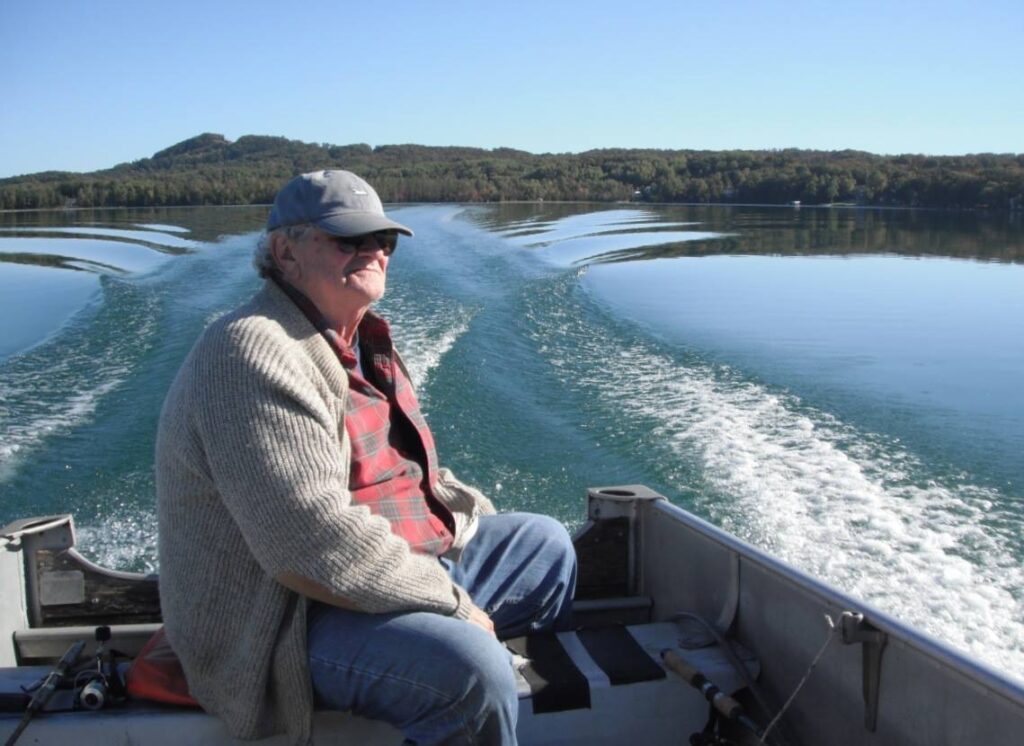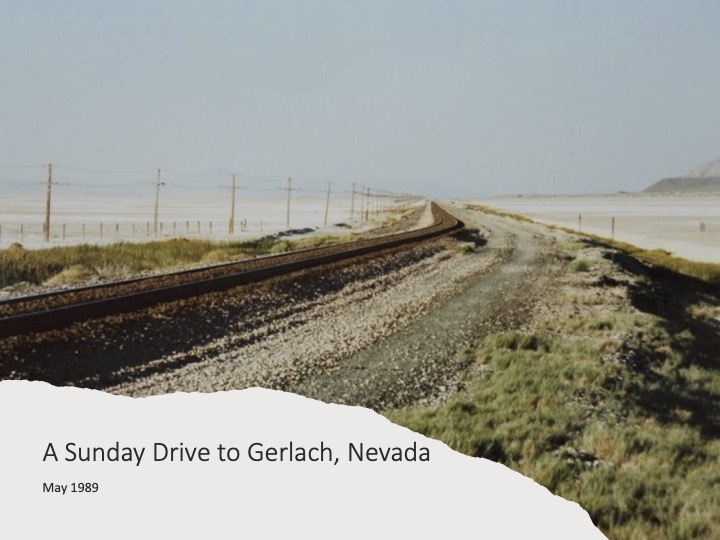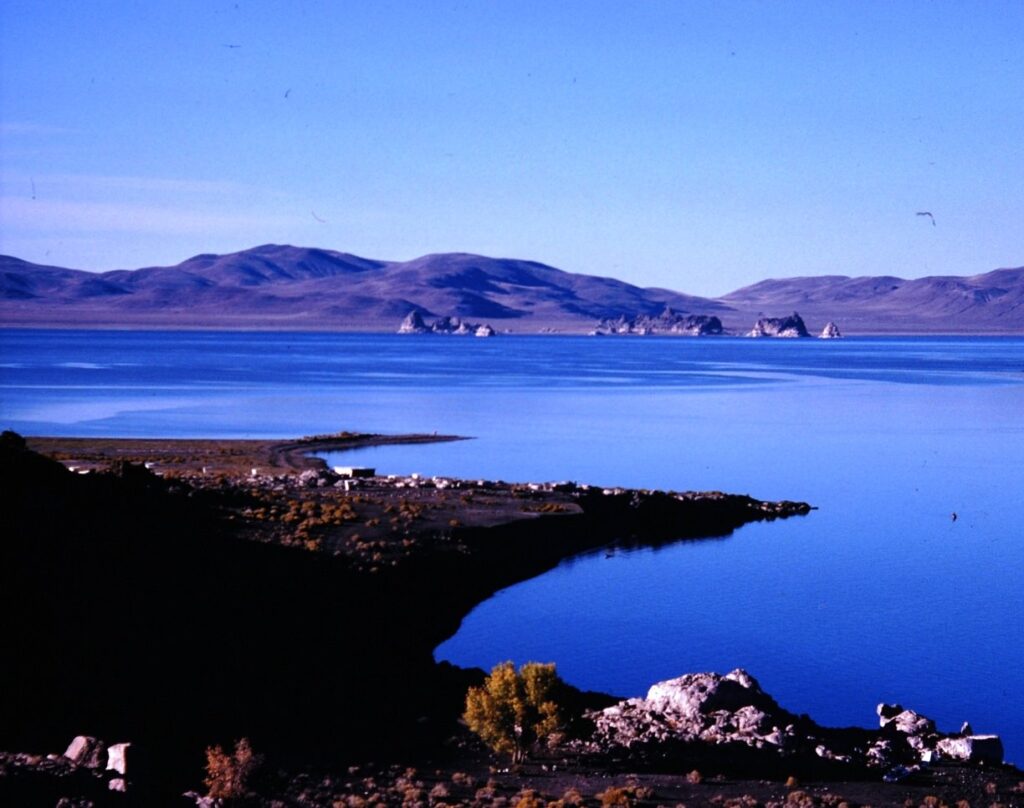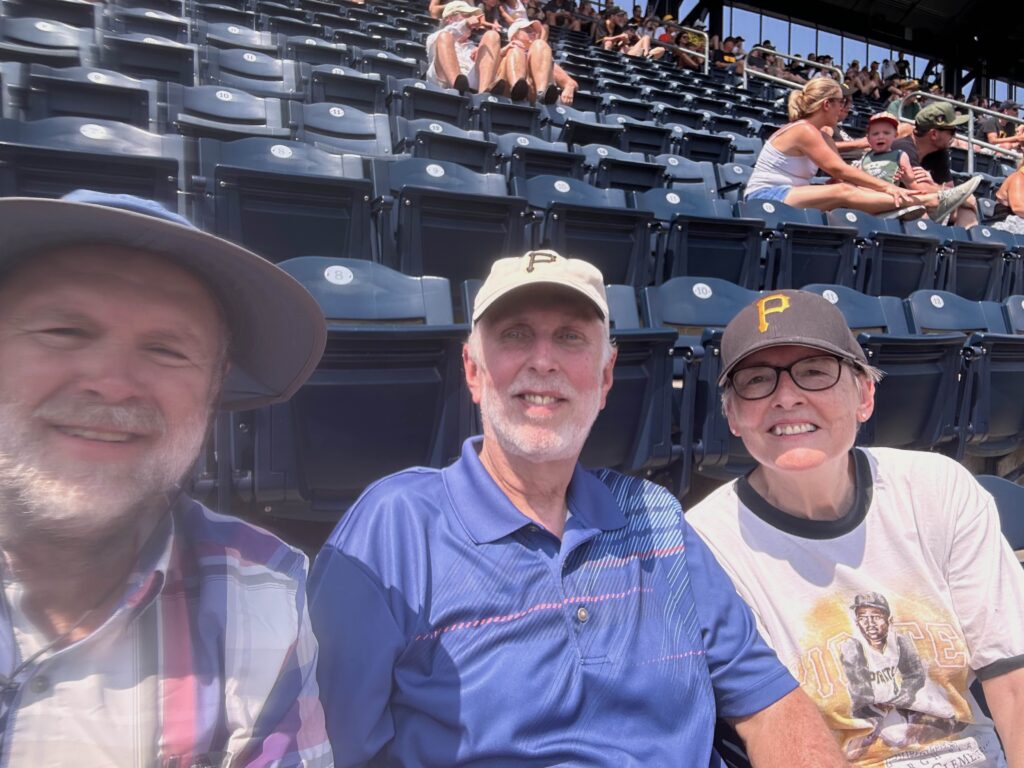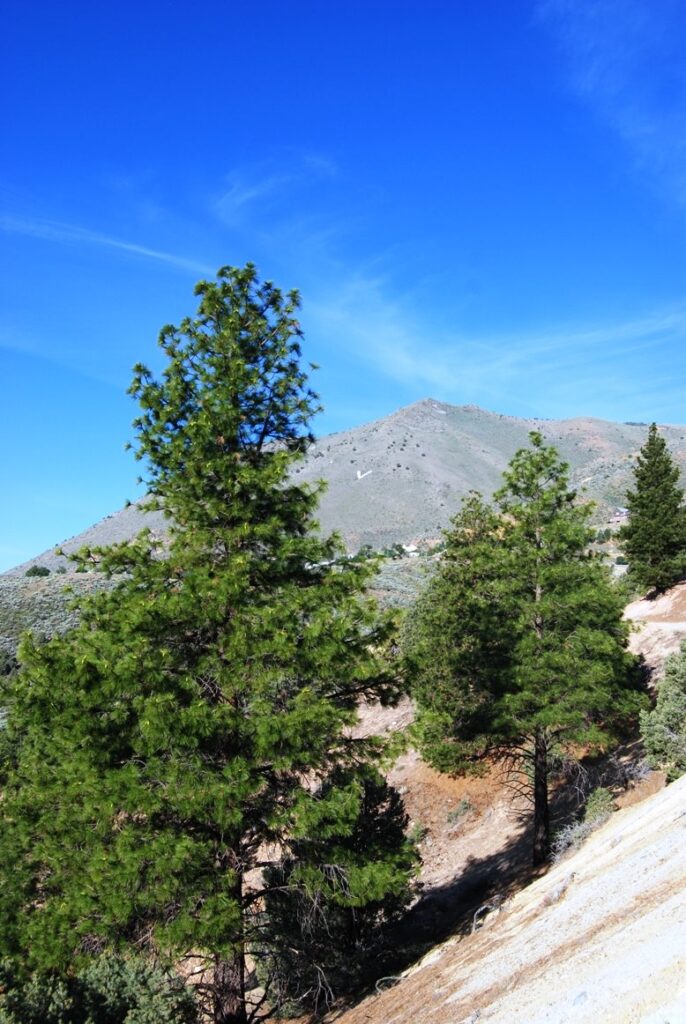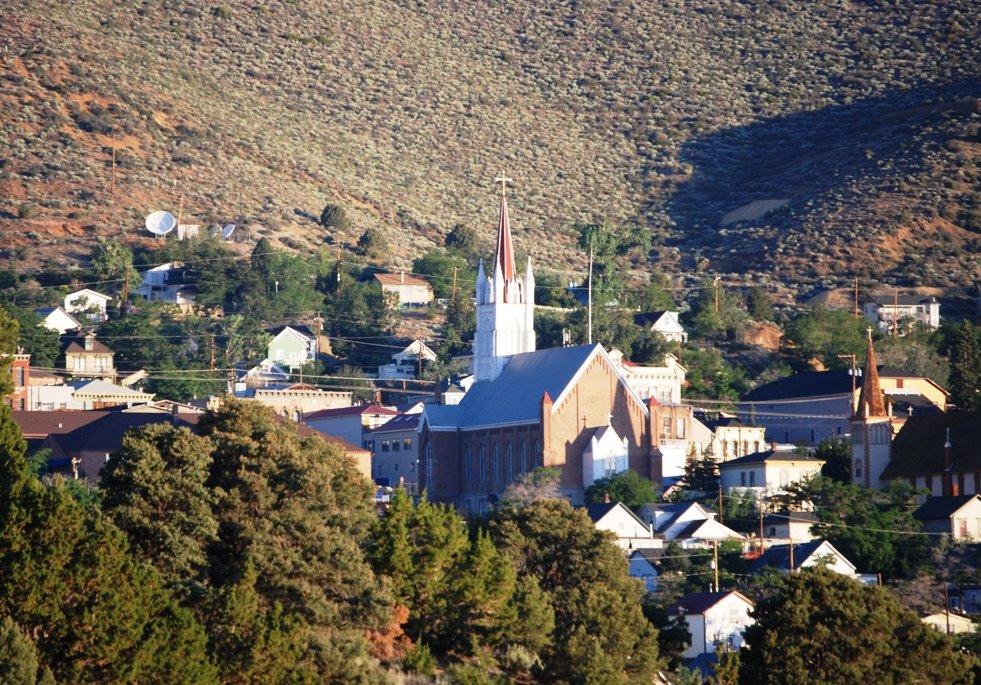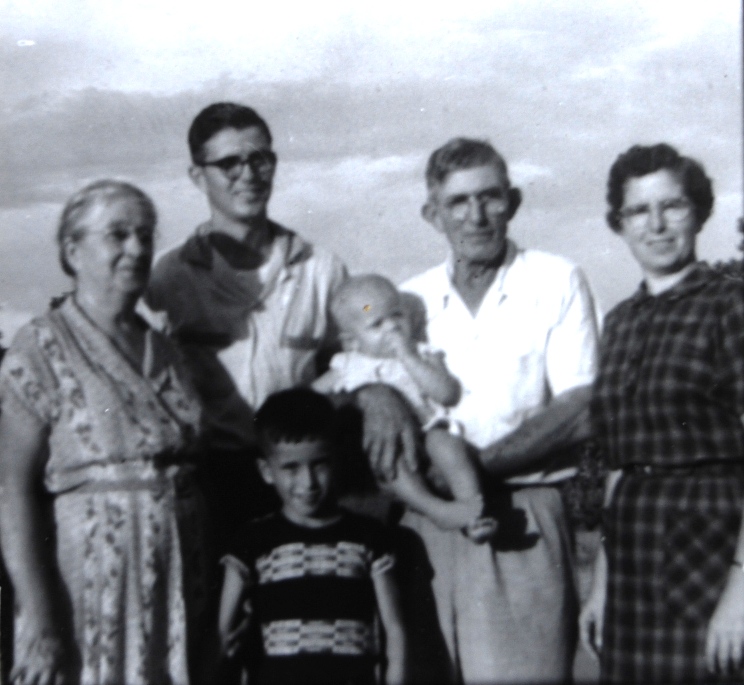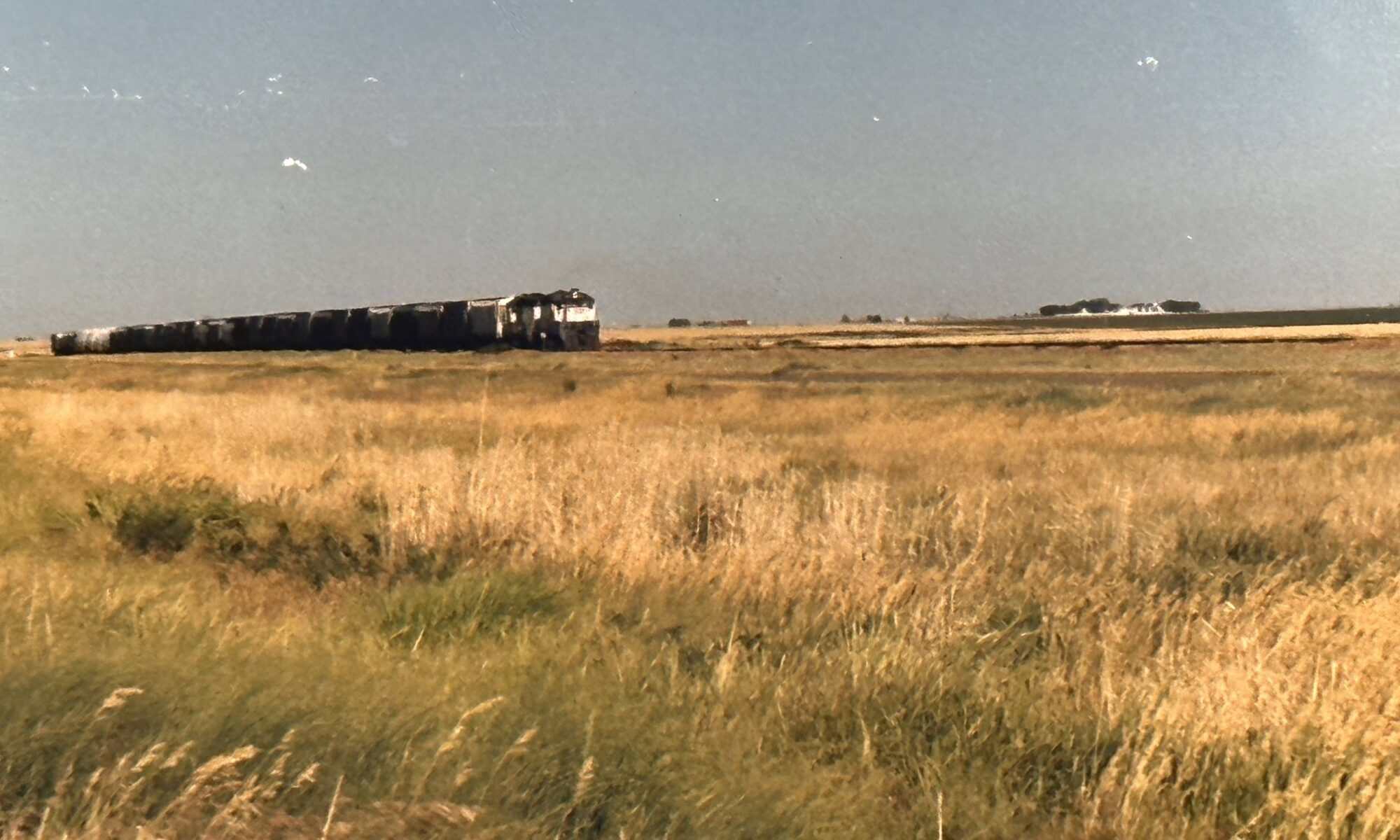We met at an afternoon gathering of the Presbytery of Lake Michigan, held in the old meeting house styled sanctuary of the First Presbyterian Church of Richland. I don’t remember the date. It must have been around 2009. I sat in the balcony, having come prepared with a book. Not seeing anything too important on the agenda, I planned to pass the hours reading. I knew the usual suspects would speak on every issue. Feeling my voice wasn’t really needed to add to the debate, I began reading. I don’t even remember the book, but it had something to do with 19th Century church history.
Jack sat in the same pew, but there was a gap between us. Catching the book title, he slid over and quietly asked about it. Soon, we were whispering back and forth, discussing Charles Hodge, the great 19th theologian at Princeton Theological Seminary. Jack had written his dissertation on Hodge. That was a beginning of our friendship.
Jack had just retired from Princeton Theological Seminary, where he’d spent the previous fifteen years teaching. Before that, he taught few years at Yale Divinity School and before that at Hope College in Holland, Michigan. He’d also served as pastor of several churches in the Pittsburgh area and Westminster Presbyterian in Grand Rapids. We met several times for breakfast. In 2010, I hired Jack to lead a session retreat for the church I served in Hastings, Michigan. In 2011, I hired him again to help run our stewardship program.

At some point, it may have been at that Presbytery meeting, Jack and I began to discuss his favorite topic, fishing. Over the next few years, Jack and I made several trips to the northern part of the lower peninsula of Michigan where he had a cabin which he and his sons had built back in the 60s. When I asked what I needed to bring on the trip, he told me to bring my rod. “In my family,” Jack informed me, “we would no more ask to borrow someone’s rod as we would their toothbrush.” I packed both.
Jack’s cabin was a simple A frame, set a hundred or so feet from the shore of Lime Lake, which is not far from Sleeping Bear National Seashore. I also went on a fishing trip with him to the Pere Marquette River, but by then his health declined. He could no longer get into the water to fish with a flying rod. While I waded out a bit to fish, I ended up spending most of my time fishing from the bank, where Jack sat in a chair and made an occasional cast. We didn’t catch anything. On the trips to Lime Lake, we caught a lot of smallmouths using rubber worms and a spinning rod.

Jack had his traditions. On these trips up north, we’d stop and grab coffee in Cadillac. The next stop was a country store in Maple City that had a little bit of everything, including a meat market which made sausage. We’d pick up a few pounds for our breakfasts. Each trip always included a stop at the Carlson Fish Market off the docks in Leland for some smoked white fish and pate.
Days at the cabin were relaxed. Breakfast was generally eggs, sausage, and toast. Before we ate, he’d pull out his old leather-bound copy of John Baillie’s A Diary of Private Prayer. Baillie, a Scottish pastor from early in the 20th Century, had two prayers, a morning and evening prayer, for each day of the month. At breakfast, one of us would read the morning prayer. After eating, we’d fish in his aluminum boat. It was always catch-and-release. We’d come in off the water for lunch and maybe take a short nap before heading back out on the water.
We generally stopped fishing around 4:30. When we got back to the cabin, we’d have some crackers and pate or smoked whitefish, with a wee dram of scotch. One of us would read Baillie’s evening prayer for the day. Baillie and Scotch were appropriate for Jack,. He proclaimed his last name was how Stewart was supposed to be spelled. The other Stuarts were highfalutin Francophile Scots. After this Scottish ritual, we’d head out to one of the many restaurants and pubs in the area for dinner.
As we fished, as well we drove around the region, or sat around after dark, nursing one more drink, we’d talk. Topics were numerous: theology, travel, world affairs, politics, what we’ve been reading, and some more theology. One particular concern for Jack was ecclesiology, which Jack felt was the weak link in the Reformed Tradition. But our talks weren’t always serious. We always told jokes. Jack could find a way to intersperse a joke into any conversation.
Jack was raised south of Pittsburgh, near Uniontown, Pennsylvania. I think his father was a coal miner and his family was of modest means. Jack earned a scholarship to Westminster College in New Wilmington, PA. While in college, he became friends with Bruce Thielemann, who later became a very popular preacher at 1stPresbyterian Church in Pittsburgh (click here for some of Thielemann’s sermons). Sharing my remembrance of hearing Thielemann preach in the seminary chapel when I was a student tickled Jack. Thielemann died in 1994 and Jack spoke at his funeral.
After college, Jack and Bruce attended seminary in Pittsburgh. His class was one of the first for Pittsburgh Theological Seminary, which was formed with the merger of Xenia and Western Theological Seminary (Xenia was the seminary for the United Presbyterian Church of North America and Western was a Seminary for the Presbyterian Church, USA The two denominations united in 1959).
While at seminary, he became a friend of Robert Kelly and Jack Rogers. Twenty-seven years later, Kelly was one of my New Testament professors when I was in seminary. Rogers spoke at my seminary graduation and was the moderator of the 2001 General Assembly of which I was a commissioner. The four were mentored by John Gerstner. Jack appreciated Gerstner’s guidance, but could not abide by his rigid conservatism. Jack told me about him meeting Gerstner years after seminary in which his old professor told him how he and his friends were a disappointment because none of them had joined in his battles.
After I left Michigan, Jack and I would occasionally exchange emails or talk by phone. Often, when I was in the area, I would stay with him and his wife, Maureen. On at least two occasions, I was there on a Sunday and would worship with them at the Church of the Servant, which is located near the campus of Calvin University. At home, before meals, he’d offer grace using the opening words of Psalm 103.
Bless the Lord, O my soul,
and all that is within me,
bless his holy name.
I last saw Jack in October 2022. I was at at Calvin for a Foundation for Reformed Theology seminar. On a free evening, I drove over to his home for dinner. I knewJack wasn’t doing well. Still, it was a shocked a few weeks ago when Marueen emailed me that Jack had been in the hospital and was coming home under hospice care. Thankfully, I was able to talk to Jack two weeks ago. On Sunday, I received an email informing me of his death.
I will miss his jokes and stories. Both the true stories, along with the tales about a fish which must have grown by pounds between catching it and telling about it.
Mar sin leat, my friend.
Jeff
For Jack’s Obituary, click here.
